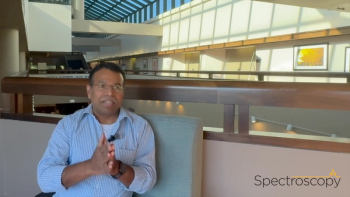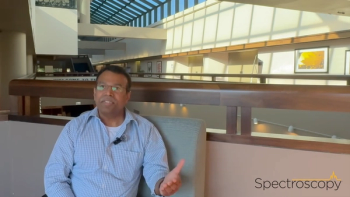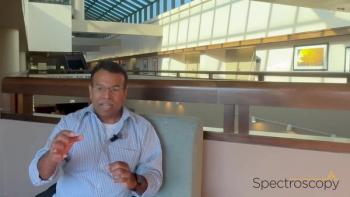
Improving Drug Detection Techniques
In this interview segment, Robert Ewing discusses how his contactless method improves on traditional drug detection techniques and how the VaporID technology remains adaptive to emerging synthetic variants.
At the ASMS conference in Baltimore, BaySpec scientist Krisztian Torma presented results from a field test of the VaporID system at the U.S.–Mexico border, where it successfully detected trace amounts of fentanyl and other drugs (1). Developed at Pacific Northwest National Laboratory by Robert Ewing and his team, VaporID uses advanced technology to detect drugs without direct contact.
Part I of our conversation with Ewing focused on the core technology behind the VaporID system (1). In Part II, Ewing reviews the results of the Nogales border test (2).
In the final part of this interview series, Ewing discusses how this contactless method improves on traditional drug detection techniques and how the VaporID technology remains adaptive to emerging synthetic variants.
Will Wetzel: What advantages does this contactless method offer over traditional drug detection techniques, such as swab sampling or trained canine units?
Robert Ewing: Let's look at those separately. Swab sampling is kind of invasive, so with contactless methods, we can get away from having to touch something. And the second part is okay, so if you touch one spot and if the residue is on the other spot, you might have missed it. Vapor would be a little more encompassing of the whole object. Hopefully, the non-contact vapor detection part will allow us to screen a larger area without swabbing the whole thing.
Canines, on the other end, have limited operational time. They go through the rest periods and training. A machine can operate 24/7, so there's some advantages there. Everybody likes dogs; they are pretty amazing at what they do, but the other challenge is that nobody really knows what a dog actually smells. They're queued to the substance, but you're not exactly sure what it is they're detecting. Even though they cue in on a certain item, there's a bit of a question of what they can see.
You can watch the third and final part of our conversation with Ewing below.
References
- Wetzel, W. Noncontact Detection of Narcotics and Illicit Substances. Spectroscopy. Available at:
https://www.spectroscopyonline.com/view/noncontact-detection-of-narcotics-and-illicit-substances (accessed 2025-07-10). - Wetzel, W. Highlighting the Nogales Border Test. Spectroscopy. Available at:
https://www.spectroscopyonline.com/view/highlighting-the-nogales-border-test (accessed 2025-07-10).
Newsletter
Get essential updates on the latest spectroscopy technologies, regulatory standards, and best practices—subscribe today to Spectroscopy.





